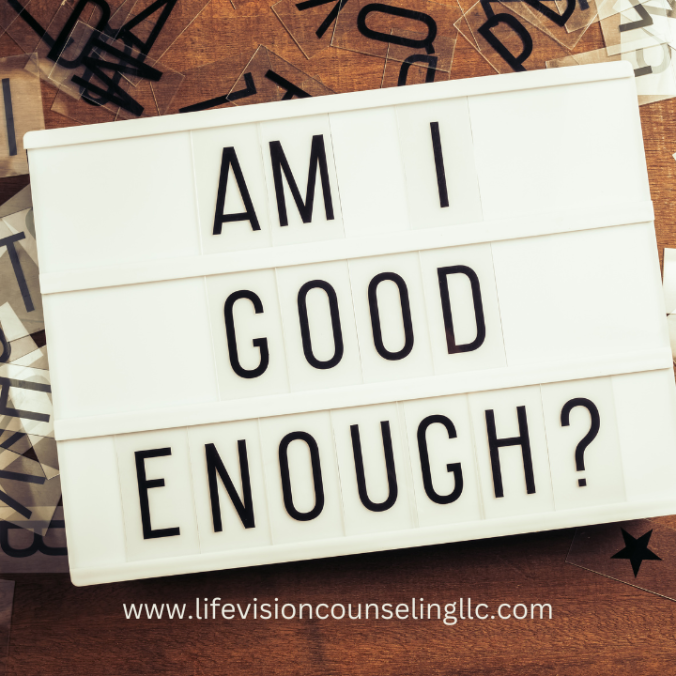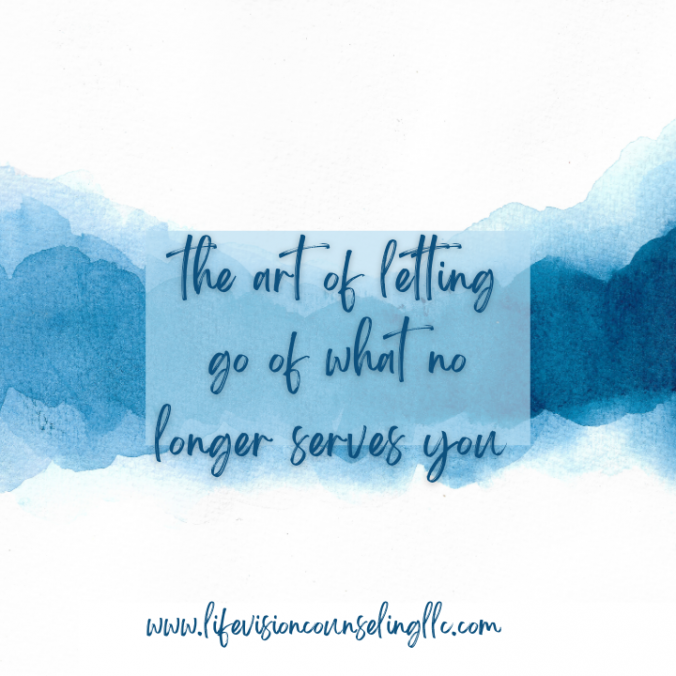“Not Good Enough”
If you’ve ever felt the weight of “I’m not good enough,” you’re not alone. That phrase brings up an emotion that many people don’t have the word for: shame. Shame is an emotion we feel—it’s a story we tell ourselves, and it thrives on silence, judgment, and isolation.
But here’s the thing: shame lies. And that lie—that you’re not good enough—is not the truth of who you are.
What is Shame?
Shame is a universal experience. It’s that deeply painful feeling that whispers, “There’s something wrong with me,” or “If people really knew me, they wouldn’t stick around.” Unlike guilt, which is tied to something you’ve done, shame is tied to your identity. Guilt says, “I made a mistake,” while shame says, “I *am* the mistake.”
Shame can often be a core emotion behind what we identify as anxiety or depression. If we dig deep, not feeling good enough shows up behind many challenging emotions.
Here’s the tricky thing about shame: it’s wired into our survival instincts. Back in the days of our ancestors, being part of the group was essential for survival. Shame developed as a warning signal to keep us connected and safe. But today, shame often oversteps its boundaries, making us believe we’re not worthy of connection in the first place.
Where Does “Not Good Enough” Come From?
The fear of not being enough shows up in different ways:
– At home: You might think, “I’m failing as a partner, parent, or friend. Everyone else seems to have it all together—why can’t I?”
– At work: Maybe you feel like a fraud, waiting for the moment someone points out you don’t belong.
– In yourself: You may look at others’ lives and think, “I’ll never measure up.”
Social media, family expectations, cultural norms—they all amplify this. We see curated versions of others’ lives and compare them to the messy behind-the-scenes of our own. The lie of “not enough” grows louder.
How Shame Holds Us Back
Shame thrives in secrecy and silence. It tells us to keep our struggles hidden, to pretend we have it all together. It convinces us that vulnerability is dangerous and that perfection is the only way to protect ourselves.
But here’s the truth: perfection is a myth. It’s unattainable and exhausting. And the more we chase it, the more disconnected we feel—from ourselves and the people we care about.
How Do We Break Free?
The antidote to shame is vulnerability. Shame can’t survive in the presence of empathy and truth. Here are a few steps to begin loosening its grip:
1. Recognize Shame for What It Is
When you hear that inner critic whisper, “You’re not good enough,” pause and ask yourself: “Is this shame talking?” Recognizing it is the first step to dismantling its power.
2. Get Curious
Shame loves to tell stories about our worth. Challenge those stories. Where did they come from? Are they true? Who benefits when you believe you’re not enough? Spoiler: it’s not you.
3. Speak Shame Out Loud
Shame can’t survive being spoken. When you share your struggles with someone you trust, you invite empathy into the room—and empathy is shame’s kryptonite.
4. Practice Self-Compassion
This one can feel hard. But imagine you were comforting a dear friend who felt unworthy. You wouldn’t tear them down; you’d lift them up. You deserve that same kindness.
5. Embrace Your Humanity
You are imperfect, and you’re still worthy of love and belonging. In fact, your imperfections are what make you relatable, lovable, and beautifully human.
You Are Enough
Here’s the truth: you’ve always been enough. You didn’t need to earn it, prove it, or fight for it. The shame that tells you otherwise is lying.
Healing from shame doesn’t happen overnight, but it begins with small, brave steps toward connection—connection to yourself and to others.
If the weight of shame feels overwhelming, you don’t have to carry it alone. Together, we can untangle the lie of “not enough” and reconnect with the truth of your worthiness. Let’s do this work together—you’re worth it.
Ready to begin? Reach out today to schedule a session. You are not alone in this, and there is hope.







